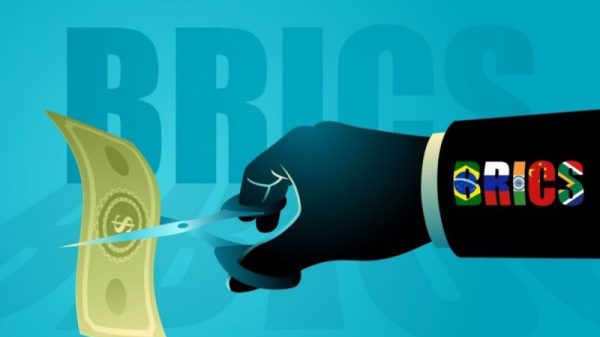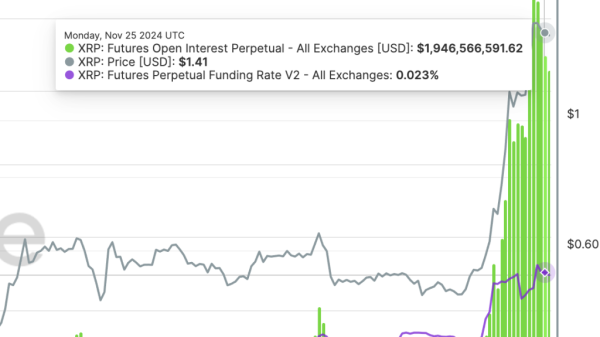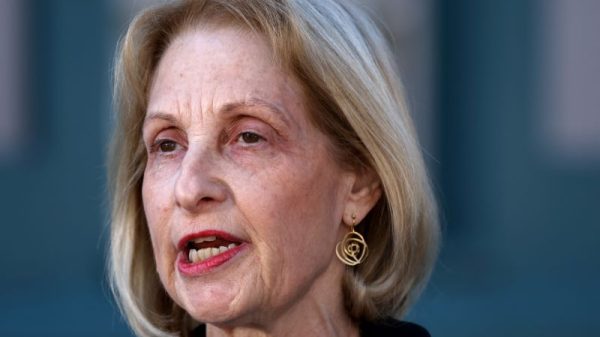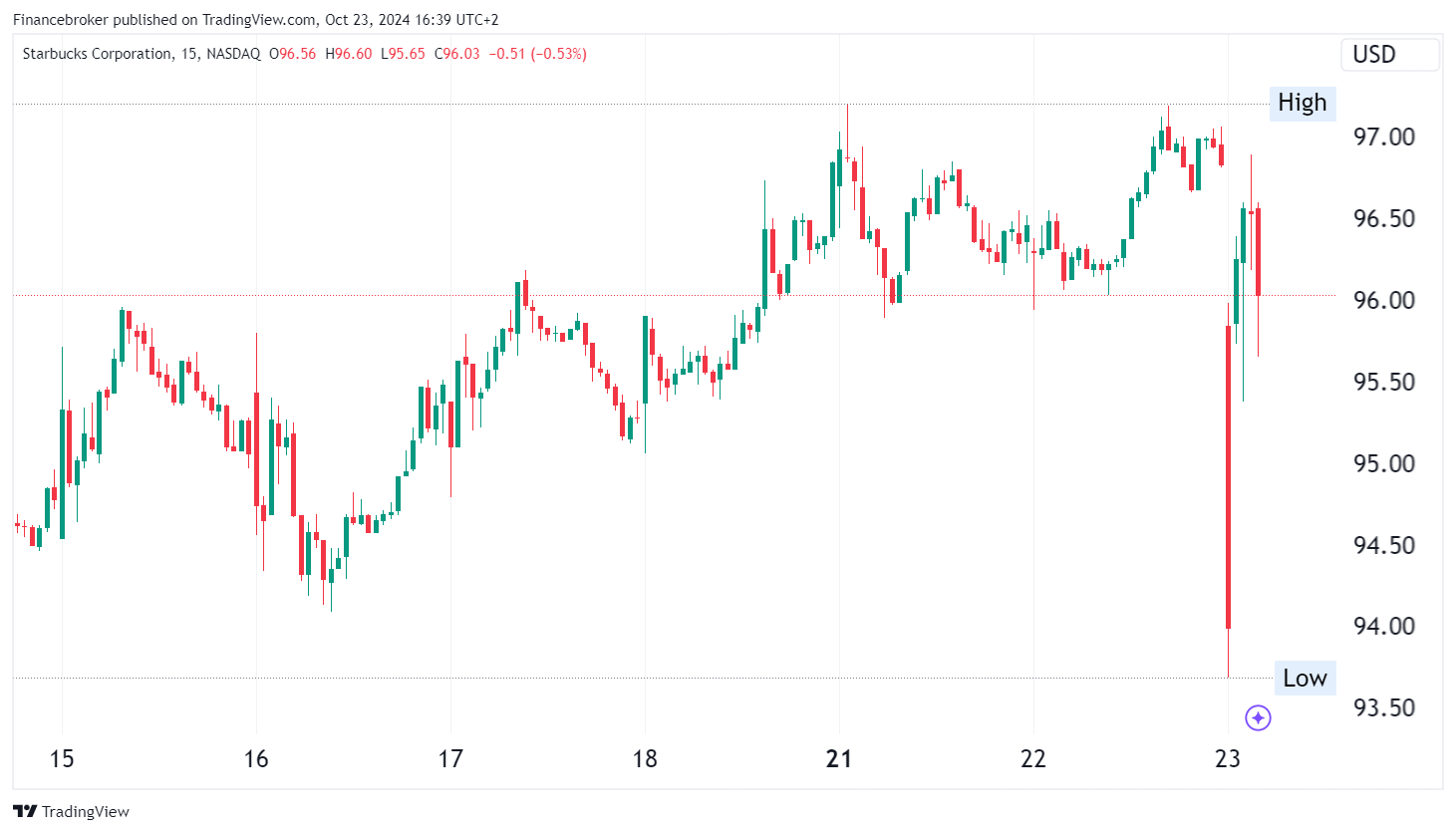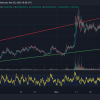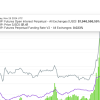Surveying the Landscape: Starbucks Experience Miss in Earnings Estimates
As the world’s predominant coffeehouse chain, Starbucks stands tall in the global retail landscape. A striking fact is that Starbucks has gained the ability to weather innumerable market storms since its establishment in 1971. However, recent events have jolted this coffee giant, causing its stock to experience a 3.2% drop following an earnings miss. This event has sent shockwaves through the market and stoked concerns amongst investors and stakeholders.
In the typically bustling domain of Starbucks, it is extraordinary that the company’s earnings missed estimates. The earnings season is an essential period for any corporation since it provides shareholders with insight into a company’s financial health. For Starbucks, the most recent earnings season was nothing short of disappointing. The company’s earnings per share (EPS) came in at 44 cents, well below the consensus estimate of 56 cents, representing a startling miss.
The press release underscoring this EPS miss for the fiscal fourth quarter has rattled company stakeholders. Starbucks has underperformed compared to other industry competitors, causing its stock price to slump 3.2%. In a fiercely competitive coffeehouse and related services market, Starbucks being unable to meet earnings expectations rattled investor confidence in the short term.
The revenue forecast was not immune to this plunge, either. Starbucks reported net revenue for the quarter of $6.20 billion. Although this represents a 9% annual growth, it is somewhat lackluster when compared to the projected $6.34 billion. This softness in revenue also played a significant role in the stock’s downward spiral.
Contrasting with this underperformance was the data on Starbucks’ ongoing expansion. The company added 480 net new stores in the fourth quarter, a robust 4% increase over the total store count of the previous year. They finish the year with 32,660 stores globally, indicating a resilient growth story even amid challenging market conditions.
Sales performance also showed mixed signals. Global same-store sales dropped by 9%, with a significant decline of 3% in the American market and a staggering 20% decrease in the international market. Despite these numbers, sales managed to pick up steam towards the end of the quarter, leading to some optimism for the future.
Another key highlight was Starbucks’ digital engagement, which showed considerable promise. There was a 10% growth in Starbucks Rewards membership to 19.3 million, reflecting the company’s strong digital marketing strategies.
In response to the earnings miss, Starbucks leadership remains confident. The leaders believe that despite the current deflated profits, the company’s relentless innovation and strong business fundamentals will assure future profitability.
The diverse market reactions to Starbucks’ financial performance underscore the dynamic and unpredictable nature of retail markets. While companies like Starbucks have to deal with such unexpected scenarios, it is their strategic response to such events that will delineate their future in an increasingly competitive landscape.



